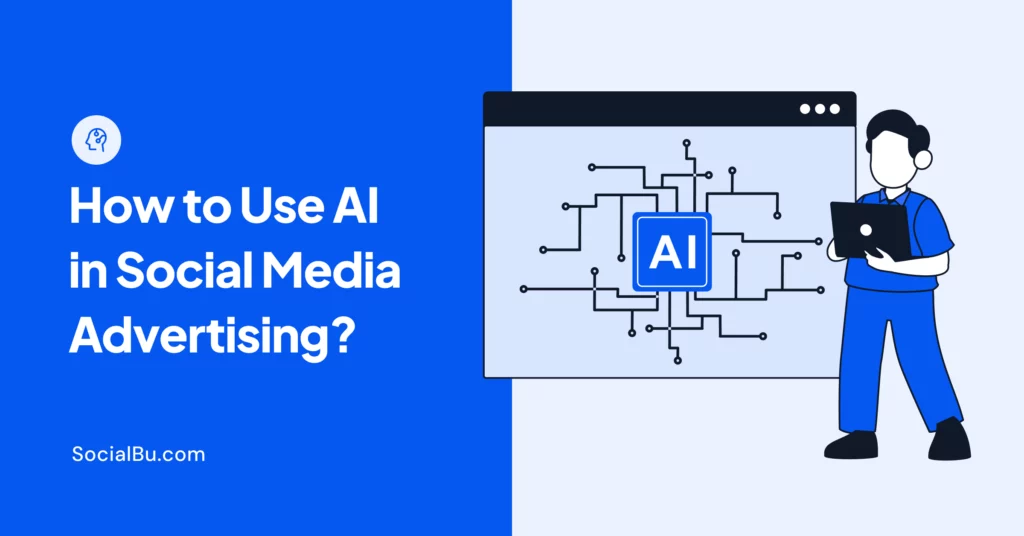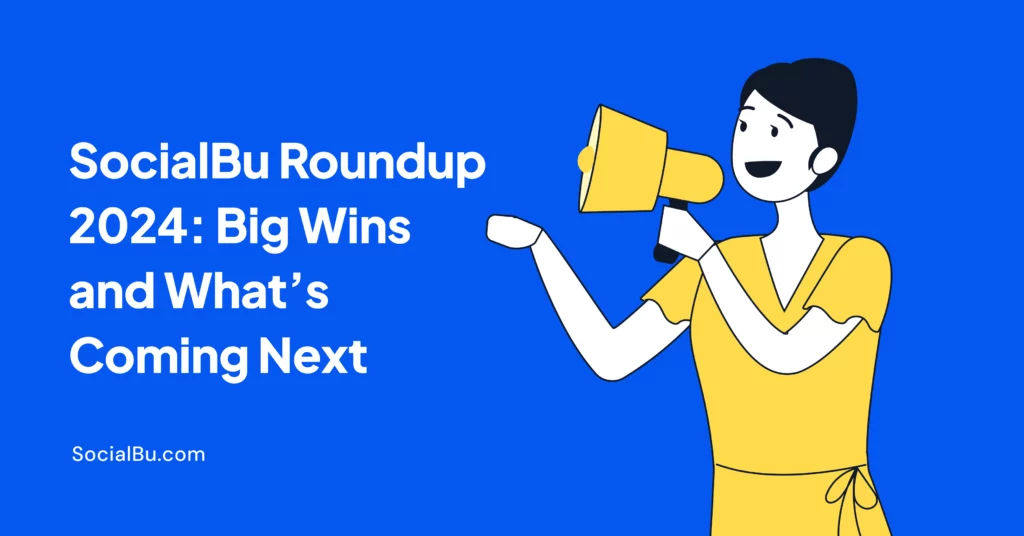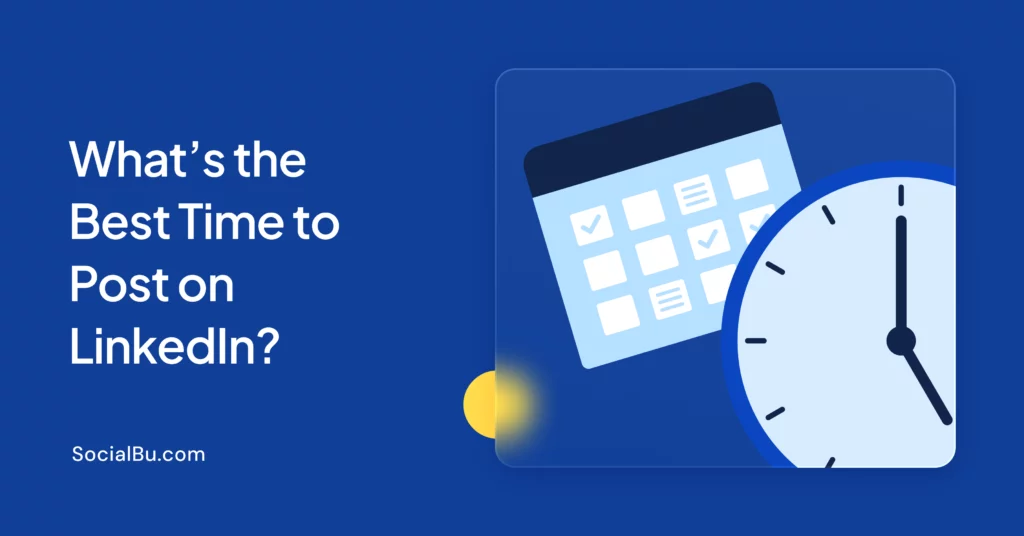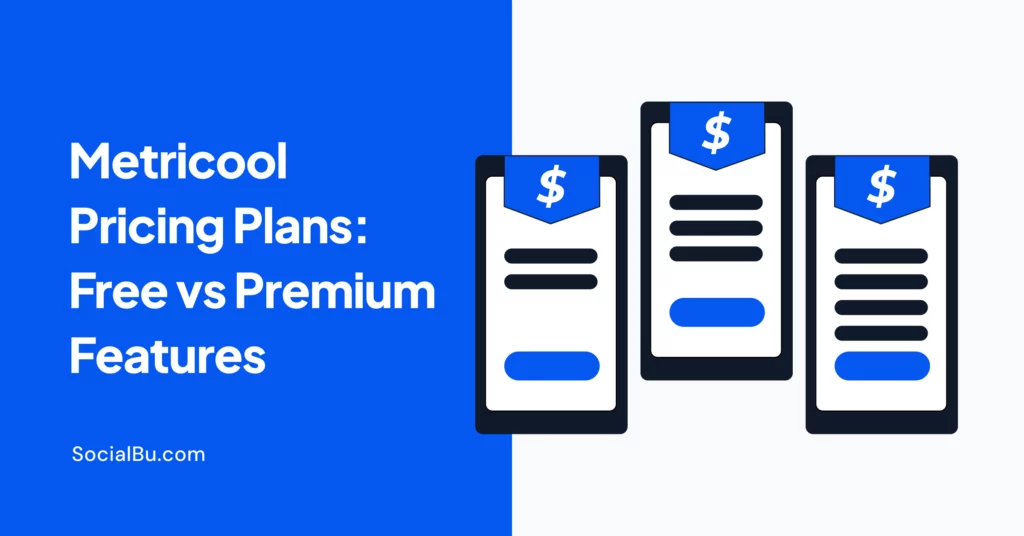Running ads on social media can be hard these days. With so many people online and tons of content being shared every second, it’s easy for marketers to feel stressed and fall behind. Trying to manage everything by hand takes a lot of time and often doesn’t bring the best results. That’s where AI in social media advertising comes in.
AI helps you do things faster and smarter. It can watch how people behave online, figure out who’s most likely to click on your ads, and even make changes to your campaigns automatically, without you having to do it all yourself.
In this blog, you’ll learn how AI can help you create more personalized ads, manage your budget better, and spot trends before others do. If you want better results with less effort, using AI in your ad strategy is a smart move.
Understanding AI Integration in Advertising Workflows
AI integration in social media advertising operates through multiple layers of automation and intelligence. At the foundational level, machine learning algorithms process vast datasets to identify patterns in user behavior, engagement rates, and conversion metrics.
These insights inform targeting decisions, creative optimization, and budget allocation strategies.
The workflow typically begins with data ingestion, where AI systems collect information from various sources, including platform analytics, customer relationship management systems, and third-party data providers.
AI takes all the data it collects and uses it to predict how well your ads will perform. Based on this, it suggests ways to improve your results.
The best part?
Many advanced tools can automatically make those changes for you. This creates an innovative system that keeps learning and getting better, helping your ads perform stronger over time.
Creative generation represents another crucial component of AI-powered advertising. Natural language processing models can produce compelling ad copy variations, while computer vision systems optimize visual elements for maximum engagement.
These capabilities enable advertisers to test hundreds of creative combinations simultaneously, identifying top-performing variants much faster than traditional A/B testing methods.
Before diving into the key ways AI is changing social media advertising, let’s explore how these innovative tools are helping marketers get better results with less guesswork.
1. AI-Powered Targeting and Audience Optimization
Traditional demographic targeting has given way to sophisticated behavioral and psychographic segmentation powered by AI. Machine learning algorithms analyze user interactions, content consumption patterns, and engagement history to create detailed audience profiles.
These profiles go beyond basic demographic information to include interest signals, purchase intent indicators, and likelihood to convert.
AI has made it much easier to create lookalike audiences that convert. Rather than just matching basic demographics, these smart tools study how people behave online, what they click on, how they interact, and what interests them.
This helps advertisers find new audiences who are more likely to take action, not just look similar on paper. This approach often yields higher-quality prospects who demonstrate genuine interest in advertised products or services.
Dynamic audience optimization represents a compelling application of AI in social media advertising. These systems continuously monitor campaign performance and automatically adjust targeting parameters to maximize desired outcomes.
For example, if an AI system detects that video content performs better among users aged 25-34 on weekends, it can automatically increase budget allocation to this segment during those periods.
2. Creative Development and Content Generation
AI has revolutionized the creative development process by enabling rapid generation and testing of advertising content.
-
Ad Copy Generation
Advanced language models can produce engaging ad copy that resonates with specific audience segments. They can incorporate brand voice guidelines and compliance requirements seamlessly. These systems can generate hundreds of variations for testing, each tailored to:
- Different audience characteristics.
- Specific campaign objectives.
-
Visual Content Creation
Generative AI tools can:
- Create custom images.
- Modify existing visuals.
- Produce video content optimized for different social media platforms.
This capability allows advertisers to:
- Maintain visual consistency.
- Adapt content for the various formats and aspect ratios required by each platform.
-
Conversational AI Integration
Conversational AI systems have opened new possibilities for interactive advertising experiences. Some brands have implemented chatbot-driven campaigns that:
- Engage users in personalized conversations.
- Gather valuable data.
- Provide customized product recommendations.
Platforms like Jadve GPT Chat demonstrate how sophisticated conversational AI can:
- Enhance user engagement.
- Maintain natural, human-like interactions.
3. Performance Analytics and Predictive Insights
AI-powered analytics platforms provide unprecedented visibility into campaign performance and future trends. These systems process real-time data from multiple sources to generate actionable insights about audience behavior, creative performance, and market conditions.
1. Deeper Insights from Data
- Advanced analytics can identify subtle patterns that human analysts might miss.
- Examples include correlations between weather conditions and product demand or the impact of current events on ad performance.
2. Predictive Analytics for Proactive Strategies
- Predictive capabilities enable advertisers to anticipate market changes.
- AI systems can forecast when audience engagement typically declines and automatically:
- Increase creative rotation.
- Adjust messaging to maintain performance.
3. Budget Optimization
- AI can forecast the most effective times to increase or decrease ad spending.
- Predictions are based on both historical patterns and real-time market conditions.
4. Attribution Modeling
- AI enhances attribution models, providing a clearer understanding of how different touchpoints contribute to conversions.
- Multi-touch attribution models powered by machine learning can:
- Map out complex customer journey patterns.
- Enable more informed budget allocation decisions across channels and campaigns.
4. Automation and Campaign Management
Campaign automation represents one of the most immediate benefits of AI integration in social media advertising. Automated bidding strategies use machine learning to optimize bids in real-time based on conversion likelihood, competition levels, and budget constraints.
These systems can adjust bids thousands of times per day, responding to market changes faster than human managers.
Budget allocation automation extends beyond individual campaigns to entire advertising portfolios. AI systems can distribute budgets across multiple campaigns, platforms, and periods to maximize overall return on investment.
This capability is particularly valuable for large advertisers managing hundreds of campaigns simultaneously across numerous social media platforms.
The following automation capabilities provide significant operational benefits:
1. Real-time bid optimization
Automatically adjusting bids based on performance data and market conditions
2. Creative rotation management
Systematically testing and rotating ad creatives to prevent fatigue and maintain engagement
3. Schedule optimization
Identifying and targeting optimal times for ad delivery based on audience activity patterns
4. Cross-platform synchronization
Coordinating campaigns across multiple social media platforms for consistent messaging and optimal reach
AI Tools and Platform Comparison
Platform | Primary Features | Strengths | Supported Platforms | Use Case |
Meta Advantage+ | Automated targeting, creative optimization | Deep Facebook/ Instagram integration | Facebook, Instagram | E-commerce and lead generation |
Smartly.io | Cross-platform automation, creative studio | Unified campaign management | Facebook, Instagram, Snapchat, TikTok, Pinterest | Large-scale multi-platform campaigns |
Jasper | AI copywriting, brand voice training | Content generation at scale | All platforms (copy export) | Content-heavy campaigns |
AdCreative.ai | Visual and copy generation, performance prediction | Creative optimization focus | All platforms (asset export) | Creative testing and optimization |
Acquisio | Bid management, budget optimization | Performance-focused automation | Facebook, Instagram, Google | Performance marketing |
Revealbot | Rule-based automation, anomaly detection | Flexible automation rules | Facebook, Instagram, Snapchat | Mid-market advertisers |
Challenges and Implementation Considerations
While AI offers significant advantages in social media advertising, implementation requires careful consideration of several factors. Success depends not just on the tools but also on the quality of data, compliance with regulations, seamless integration, and strong organizational alignment.
-
Data Quality
- Data quality remains paramount for AI system effectiveness.
- Poor data inputs lead to suboptimal recommendations and potentially counterproductive automation decisions.
- Advertisers must ensure their data collection and management practices provide clean, comprehensive datasets for AI systems to analyze.
-
Privacy & Compliance
- Privacy regulations and platform policy changes present ongoing challenges for AI-powered advertising.
- Systems must adapt to evolving privacy requirements while maintaining effectiveness.
- This includes managing:
- iOS 14.5+ privacy changes
- GDPR compliance
- Regional data protection regulations affecting targeting and tracking capabilities
-
Integration Complexity
Integration complexity can pose significant challenges, particularly for organizations with established marketing technology stacks. AI platforms must integrate seamlessly with:
- Customer relationship management (CRM) systems.
- Analytics platforms.
- Creative workflow tools.
This often requires technical expertise and careful planning to ensure smooth implementation.
-
Strategic Implementation Challenges
- Change Management – Training teams to work effectively with AI systems and adjusting organizational processes.
- Budget Allocation – Determining appropriate investment levels for AI tools while maintaining human oversight capabilities.
- Performance Measurement – Establishing metrics that accurately reflect AI system contributions to overall marketing success.
Future Trends and Emerging Opportunities
The role of AI in social media advertising is rapidly expanding, and the future holds exciting possibilities for brands and marketers. Emerging technologies are set to make campaigns smarter, more predictive, and far more engaging than ever before. Here are some key trends shaping what’s next:
Predictive Audience Modeling
- AI can now forecast potential customers before they show explicit buying intent.
- This allows advertisers to launch proactive marketing strategies that reach audiences at the right time in their decision-making journey.
Cross-Platform Intelligence
- AI systems are becoming smarter at analyzing user behavior across different platforms (Facebook, Instagram, TikTok, LinkedIn, etc.).
- Marketers can now build cohesive, cross-platform strategies that ensure consistent messaging while still tailoring content to each platform’s engagement style.
AR/VR + AI Integration
- Combining AI with augmented reality (AR) and virtual reality (VR) makes ad experiences more immersive and interactive.
- Brands can design personalized virtual environments that adapt in real-time based on user responses and preferences, boosting engagement and recall.
Conclusion
AI has fundamentally transformed social media advertising from a primarily manual process to an intelligent, automated system capable of delivering superior results at scale.
The integration of machine learning, natural language processing, and predictive analytics has enabled advertisers to reach more relevant audiences, create more engaging content, and optimize campaigns more effectively than ever before.
Success in AI-powered social media advertising requires a strategic approach that balances automation with human oversight, ensures data quality, and maintains flexibility to adapt to changing market conditions.
Organizations that effectively implement AI tools while addressing implementation challenges will gain significant competitive advantages in reaching and engaging their target audiences.
The future of social media advertising lies in the continued evolution of AI capabilities, promising even more sophisticated targeting, creative optimization, and performance enhancement.
Advertisers who embrace these technologies while maintaining focus on delivering value to their audiences will be best positioned to succeed in this rapidly evolving landscape.







